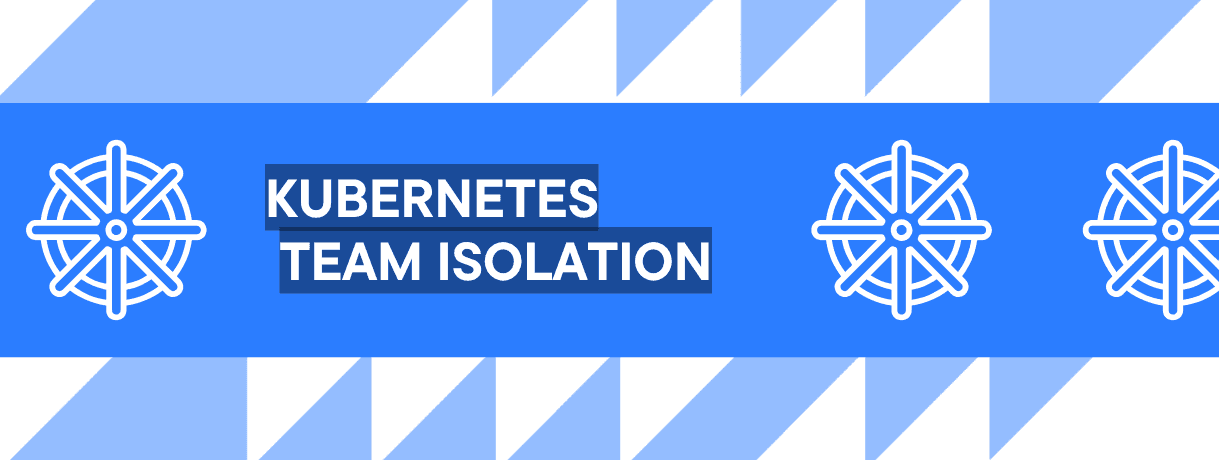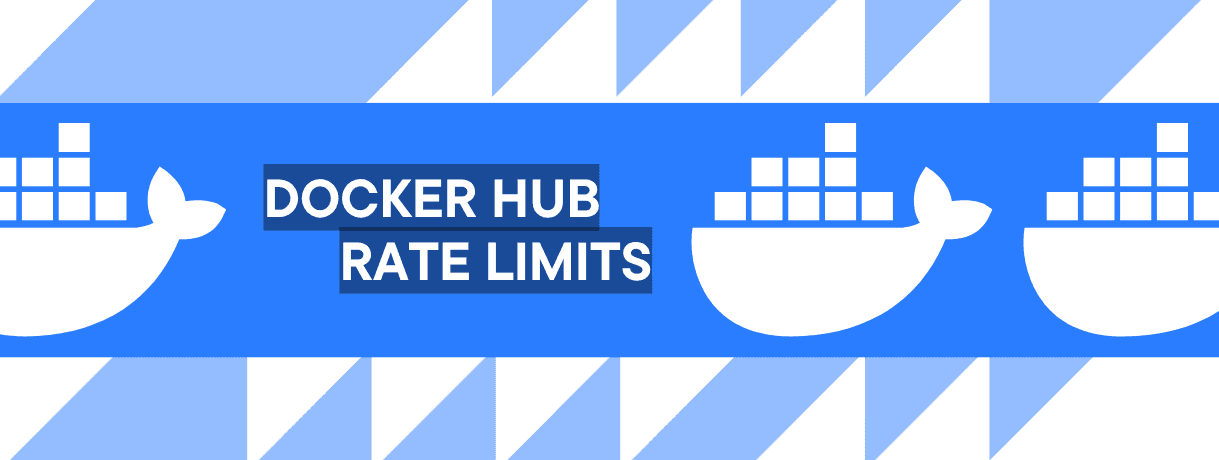CLOUD-MIGRATION
How to move your business to the cloud - a strategy and detailed steps
Rein Remmel
02. December, 2022
Cloud is quickly becoming a de facto practice for running IT workloads. Every company has its own reasons for migrating - or challenges holding them back. Either way, you may find yourself in a situation where you see the cloud as an attractive solution and want to learn how to set your company up for successful cloud migration.
How does cloud migration work?
A successful cloud migration starts with solid leadership. A good leader is willing to speak out, engage and inspire others. You don't need to be in a manager position to be a leader, although it does help.
The first thing is to understand your motivation - why are you interested in cloud migration? It is easiest to describe your reason as an avoidable negative outcome.
Some examples of well-phrased motivations are:
- Ageing technology. Cloud solutions are an attractive alternative when manually maintaining the physical infrastructure becomes a burden. You want to take advantage of innovation that is available through cloud-based services.
- Technical debt. Updating on-site infrastructure is a lot of work that does not move the product forward. You would like to take advantage of a managed infrastructure with always up-to-date services and out-of-the-box capabilities that would be resource-heavy to develop in-house.
- Lack of staff. Infrastructure maintenance is directly related to person hours. When staff is limited, it makes sense to outsource infrastructure maintenance, not business-related tasks.
- Reliability and security issues. Cloud provides an attractive set of security-related functionality for your team. Global infrastructure and security services will also help mitigate large-scale attacks.
Cloud migration is a significant change with a cross-organisation impact. To succeed, you must convince the company management first, as having support from an executive sponsor is the best way to set the migration on track.
How to migrate your business to the cloud?
While individual symptoms may trigger a temptation to move to the cloud, the whole migration project should follow a strategic process focusing on its business value. It is essential to understand and demonstrate early on the business value brought along by cloud migration!
Your motivation can be subjective, but the business value should be objective and measurable. It is easier to convince the management and your peers by presenting facts and numbers. Typically, the business value from the cloud migration falls into one of the following categories:
- Cost savings - reducing the spend on infrastructure and operations. Cost savings should not be a way to remove funds from engineering. Instead, it should cover costs associated with a higher-value activity like product innovation.
- Staff productivity - getting things done faster. With the support of cloud services, team members can spend less time on mundane tasks, still delivering results with assured quality. In addition to person-hours saved through automation, faster time to market will also contribute to revenue growth.
- Operational resilience. Cloud services enable you to build resilient services. Achieving the same capability with local infrastructure comes at a much higher cost. You can present business value from resilience as reliability and reputation increasing sales or avoiding loss of sales.
- Business agility. Cost savings are limited to your current budget; growth potential is limitless. Reach out to your product management and recognize the growth opportunities available for you as a product-led organisation. It may be challenging to put proof behind initial estimates, but you will have a strong ally in your journey to the cloud when you find a shared understanding with the product leadership.
Understanding the business value of cloud migration is a good start for getting enough support for formal cloud migration discussions.
Phases of cloud migration
Moving to the cloud doesn't happen overnight, especially for larger organisations with multiple departments and several products. It can be intimidating to start without fully acknowledging the upcoming changes. It would be best if you resist temptations that fail to deliver clear business benefits, even when they are technically successful.
The journey to the cloud is different for every company, but it generally follows the same three steps process:
- Assess - getting the management approval through a well-prepared business case
- Mobilise - setting the foundation and planning for migration
- Migrate - this is where most of the heavy lifting happens.
Assess
The assessment phase helps to build the business case and get buy-in from the leadership. Cloud migration is a significant change with a cross-organisation impact. Management commitment is critical to guarantee necessary resources and coordinated cooperation across the organisation. Presenting a solid business case can help to get all stakeholders on board. The business case should make it clear:
- What is the business value realised through the cloud migration? Whether reducing costs, boosting revenue growth or upgrading the organisational performance, the business value should justify the calculated costs.
- What investment is necessary? In addition to direct costs like monthly spending on cloud resources and partner costs, investment should cover internal activities like the need to refactor legacy applications.
- What is the scope and impact? It should be clear which applications would get migrated and which business units need to be involved. As cloud migration is only successful with an organisational transformation, it has to be clear what changes are necessary.
The assessment phase includes all necessary activities to gather data for understanding the business case. Its duration depends on the size of the organisation and the amount of work needed to collect the data.
We've already covered why it is crucial to understand the motivation behind the cloud migration and potential value: it helps to present thenumbers that describe the value and necessary investment. A business case only makes sense when the value exceeds the costs.
One of the critical success factors for cloud transformation is a good understanding of the migration portfolio. Grouping existing technical resources by business domain can make the migration scope easier to understand and simpler to communicate to business stakeholders. You can use discovery tools to map existing infrastructure resources and estimate future cloud costs.
A cloud migration readiness assessment workshop takes just one day, and helps to assess the organisational readiness to migrate. The workshop results in a plan for necessary improvements. In addition to discussing the business case the workshop covers prioritisation, changes in work processes and security. The workshop report includes suggestions for changes and helps when estimating the organisational impact of cloud migration.
Even if the cloud migration project is motivated by the desire to grow the business without cutting costs, it is useful to understand the upcoming changes to the existing cost structure. When presenting a business case, it is helpful to list investments and costs that will no longer be needed after the migration is done.
Mobilise
Depending on the company's readiness to migrate and the size of the portfolio, it may be feasible to plan for a preparation phase before the large-scale cloud migration activities.
The goal of the mobilise phase is to prepare the organisation for operations in the cloud and lay the necessary technical foundation. During the mobilisation phase, the organisation will produce
- A detailed migration plan. This phase lays the technical foundation for a streamlined migration with proven patterns. As migration can include hundreds or thousands of applications, limiting the number of methods used makes sense. Testing the migration plan with proof of concept migrations is an excellent way to determine suitable patterns.
- Updates to the operational model. This reviews what processes and roles are crucial for the organisation to take full advantage of the cloud capabilities. As we've discussed earlier, cloud migration is only possible with an organisational change. Now is the time to prepare for it.
- Team training. Everyone involved in the cloud migration process should undergo basic cloud training. The team members should be trained in related technologies and practices when necessary. Cloud providers also have certificate programs that provide valuable knowledge. However, the focus should not be on earning certificates but on creating the capability to implement and operate in the new environment. The proof of concept migration during mobilise phase is a great way to practise these newly acquired skills.
- Technical foundation. Setting up your organisation in the cloud service lays the foundation and global framework for your future operations. Cloud account structure, access management, logging, network design and tools for automation should be in place before moving on with large-scale migration. It would be best if you based the implementation on your current tech stack, operational model, policies and security requirements. Taking time with this setup always pays off: re-doing this later is very costly.
As with the assessment, an experienced partner can help accelerate the mobilisation phase and reduce its impact on your team and ongoing projects. Keep in mind that it’s the organisation that needs to change - partners can only guide and provide support on the way. Success is possible only when both parties give their best.
Migrate
Once you have completed the necessary preparations, the actual migration should be a straightforward iterative process if you have the support from your top management. Don't be afraid to improve your practices once you gain experience with the actual heavy lifting.
The migration phase can be the most stressful for the organisation, as the team must temporarily maintain both old and new environments during the transition. The faster the migration, the sooner the team can focus on the new practices and decommission the legacy infrastructure and operations.
Don't forget the business goals you defined earlier to justify the migration. While the services may work from the technical perspective, getting the envisioned value is equally essential.
Cloud migration is easier with an experienced partner as part of your team. When you're considering moving to the cloud, don't hesitate to get in touch with us. Entigo has over a decade of experience working with companies of various sizes.
Stay updated on future stories
READ MORE

DEVOPS
How Crossplane compositions turned infrastructure tickets into self-service APIs

EFFICIENCY
From tech stack to business value: platform engineering & Kubernetes

DEVOPS
Team isolation in Kubernetes: the four-layer stack that actually works

DEVOPS
Mitigating Docker Hub rate limitations and Crossplane package restrictions with registry proxies
info@entigo.com | (+372) 600 6130 | Veerenni 40a, Tallinn, 10138
